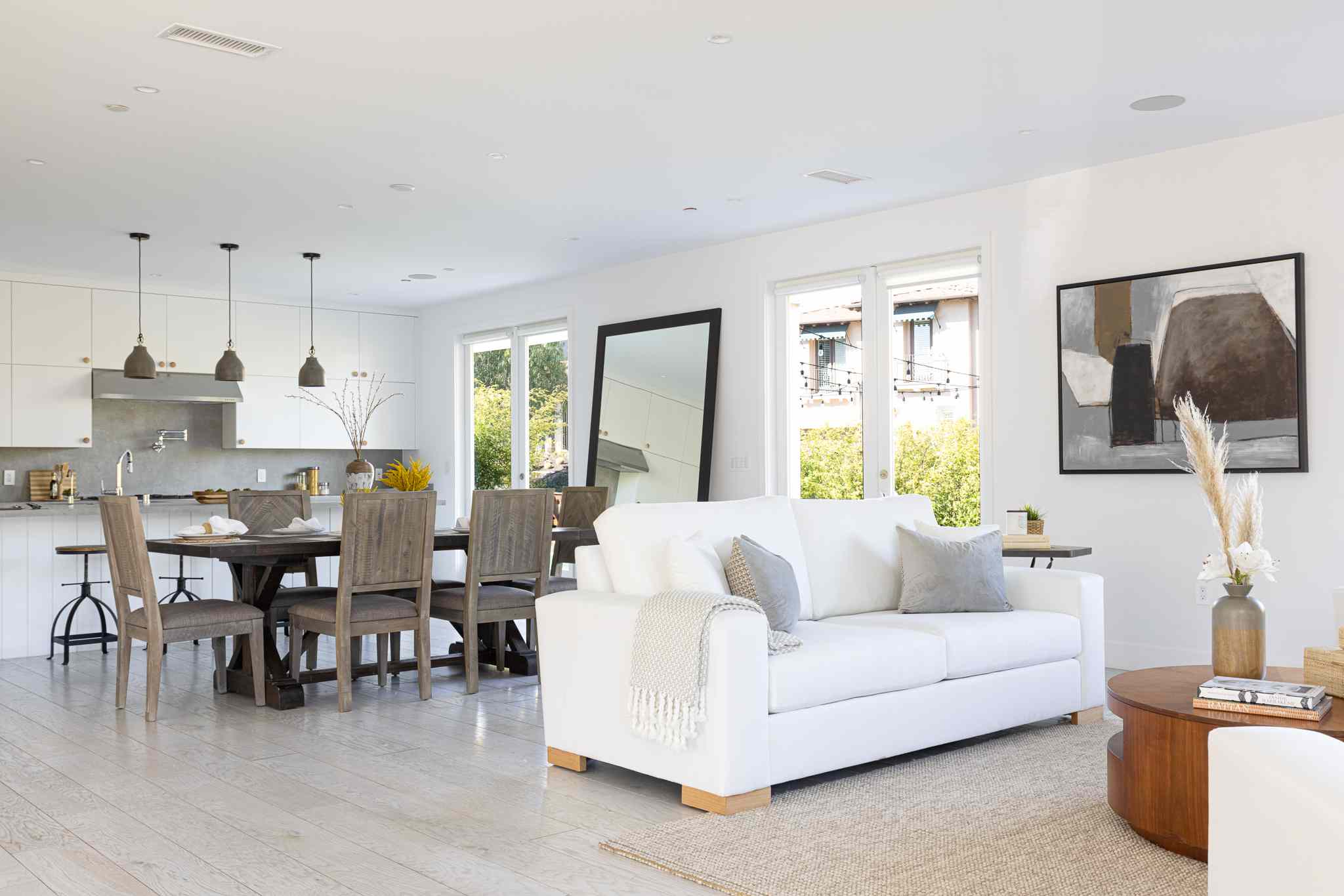

Tableware
How To Divide Living And Dining Room
Modified: January 6, 2024
Discover how to effectively divide your living and dining room using the strategic placement of furniture and tableware. Beautify your space while optimizing functionality.
(Many of the links in this article redirect to a specific reviewed product. Your purchase of these products through affiliate links helps to generate commission for Storables.com, at no extra cost. Learn more)
Introduction
Welcome to the world of interior design, where creativity meets functionality. If you are looking to divide your living and dining room spaces, you have come to the right place. Creating separate zones within an open floor plan can add depth and definition to your home, allowing you to maximize both your living and entertaining areas.
When it comes to dividing living and dining room spaces, there are several considerations to keep in mind. Firstly, you’ll want to think about the purpose and flow of each space. Do you prefer an intimate dining space separate from the hustle and bustle of the living area, or do you envision a more open and connected layout? Understanding your needs and desires will guide you in making the right design decisions.
Another important factor to consider is the overall style and aesthetic of your home. You’ll want your room division strategy to seamlessly blend with the existing decor while still adding a distinct character to each space. By incorporating the right elements and following a cohesive design theme, you can create a visually appealing and cohesive atmosphere.
In this article, we’ll explore various techniques and strategies to divide your living and dining room spaces. From the use of room dividers to creative furniture placement, we’ll dive into the details to help you transform your open floor plan into defined and inviting areas. So let’s dive in and discover how to create the perfect balance between the living and dining room in your home.
Key Takeaways:
- Create distinct living and dining spaces by considering functionality, flow, and aesthetics. Utilize room dividers, strategic furniture placement, and lighting to achieve a harmonious and visually appealing division.
- Infuse color, decor elements, and textures to add personality and charm to each area. Balance separation and connectivity to transform your living and dining spaces into inviting and functional zones.
Read more: How To Divide A Living Room And Dining Room
Considerations for Dividing Living and Dining Room
Dividing your living and dining room spaces requires careful consideration and planning to ensure a successful and harmonious design. Here are some key factors to keep in mind as you embark on creating distinct zones within your open floor plan:
- Functionality: Think about how you will be using each space. Consider whether you want a formal dining area or a casual eating space. Will the living room be primarily for relaxation or for entertaining guests? By understanding the intended function of each area, you can determine the level of separation required.
- Flow: It’s important to maintain a smooth flow between the living and dining areas. Avoid blocking natural pathways or creating cramped spaces. Leave enough room for people to move freely and comfortably between the two zones. This will enhance the overall functionality and accessibility of your home.
- Natural Light: Take advantage of natural light sources when dividing your living and dining spaces. Consider the placement of windows and how they will affect the visual connection between the two areas. Opt for room dividers or furniture arrangements that allow light to flow through and maintain a sense of openness.
- Privacy: Depending on your personal preferences and the layout of your home, you may desire a certain level of privacy in your dining or living area. This is especially important if you frequently host dinner parties or have a larger family. Strategically placed room dividers, curtains, or screens can offer some privacy without completely closing off the spaces.
- Acoustics: Sound can travel between rooms, so it’s essential to consider the acoustics when dividing your living and dining areas. Incorporating materials that absorb or block sound can help create a more peaceful and enjoyable atmosphere. Carpets, curtains, acoustic panels, or even bookshelves can be used as effective sound barriers.
- Flexibility: Keep in mind that your needs may change over time. A flexible design will allow you to adapt the space to suit different occasions. Consider movable partitions, modular furniture, or sliding doors that can be adjusted to create larger or smaller spaces as required.
- Budget: Lastly, it’s important to establish a budget for your room division project. Determine how much you are willing to invest in materials, furnishings, and any necessary renovations. This will help guide your choices and ensure that you stay within your means.
By taking these considerations into account, you can create a well-designed and functional division between your living and dining room spaces. Now let’s explore some practical strategies for achieving this separation.
Room Dividers
One of the most effective ways to divide your living and dining room spaces is by using room dividers. Room dividers come in various styles and materials, allowing you to bring both functionality and aesthetics into your home. Here are some popular room divider options to consider:
- Bookcases or Shelves: Bookcases or shelves serve as versatile room dividers that provide both visual separation and storage space. Choose open-back bookcases to maintain a sense of openness and allow light to flow through, or opt for bookcases with woven or textured panels for added privacy.
- Folding Screens: Folding screens are portable and come in a variety of designs and materials. They offer a flexible solution for dividing your living and dining spaces. When not in use, they can be easily folded and stored. Look for screens that complement your existing decor and enhance your overall design aesthetic.
- Curtains or Drapes: Curtains or drapes are an elegant and budget-friendly way to create a partition between your living and dining areas. Choose thick, heavy fabrics for more privacy and better sound absorption. Consider installing a ceiling track for easy opening and closing as needed.
- Glass Partitions: If you want to maintain an open feel while still creating a visual distinction, glass partitions are a great option. They allow light to pass through and provide a sense of separation without completely closing off the space. Frosted or etched glass can add a touch of privacy while still allowing for a connection between the rooms.
- Sliding Doors: Sliding doors are a stylish and space-saving way to divide your living and dining spaces. They can be mounted on tracks or suspended from the ceiling, allowing for smooth and effortless movement. Sliding doors offer the flexibility to open up the rooms for a larger gathering or close them off for a more intimate ambiance.
When choosing a room divider, consider the style, material, and height to ensure it complements your existing decor and fits seamlessly into the space. Balance functionality with aesthetics to create a harmonious and visually appealing division between your living and dining areas.
Creating Zones with Furniture
Furniture placement plays a crucial role in dividing your living and dining room spaces while maintaining a cohesive design. By strategically arranging your furniture, you can create distinct zones that serve their respective purposes. Here are some tips to help you create zones with furniture:
- Sofa or Sectional: Position your sofa or sectional in a way that creates a clear separation between the living and dining areas. Place it with its back facing the dining space to visually divide the two areas. You can also use a sofa table or console table behind the sofa to add depth and further distinguish the zones.
- Dining Table: Set your dining table in its designated area, ensuring it is centered and proportional to the space available. Place dining chairs around the table, leaving enough room for easy movement. Consider using chairs with contrasting colors or designs to create visual interest and highlight the dining area.
- Rugs: Rugs can be used to define separate zones within an open floor plan. Place a large rug under the dining table to anchor the dining area and create a sense of intimacy. Use a smaller rug in the living area to differentiate it from the dining space. Choose rugs with complementary colors or patterns that enhance the overall design aesthetic.
- Coffee Table: Position a coffee table in front of the sofa to create a focal point in the living area. This not only provides a convenient surface for placing drinks and snacks but also visually separates the living room from the dining space. Choose a coffee table that complements your overall decor and balances the scale of the seating arrangement.
- Sideboards or Buffets: Use sideboards or buffets to anchor and define the dining area. These pieces provide storage and serve as a focal point while separating the dining space from the living room. Display decorative items or artwork on top of the sideboards to enhance the visual appeal.
- Accent Chairs: Incorporate accent chairs in the living area to create a separate seating area. Place them at a slight angle facing the sofa, creating a conversation nook. Choose chairs with distinct designs or colors that contrast with the sofa to visually differentiate the zones.
When arranging furniture, consider the scale, proportions, and flow of the space. Ensure that there is enough room to move around and that furniture placement promotes comfortable interaction within each zone. By thoughtfully arranging your furniture, you can create functional and visually appealing divisions between your living and dining areas.
Consider using furniture and area rugs to visually divide the living and dining areas. You can also use different paint colors or wallpaper to create a distinct separation between the two spaces.
Using Rugs and Flooring to Differentiate Spaces
Rugs and flooring play a significant role in visually separating your living and dining room spaces. By strategically choosing and placing rugs, as well as incorporating distinctive flooring materials, you can create clear boundaries between the two areas. Here are some tips on using rugs and flooring to differentiate spaces:
- Area Rugs: Place an area rug under the dining table to anchor the dining area and create a visual separation. Choose a rug with a distinct pattern or color to make it a focal point. Make sure the size of the rug is proportional to the dining table and accommodates the chairs when pulled out.
- Accent Rugs: Use accent rugs in the living area to define and differentiate the space. Position a smaller rug in front of the sofa or under the coffee table to create a distinct sitting area. Opt for rugs with contrasting patterns or textures that contrast with the dining area rug to clearly delineate the zones.
- Flooring Materials: If possible, consider using different flooring materials to create a visual distinction between the living and dining areas. For example, you can use hardwood flooring in the dining area and carpet or tile in the living room. The contrast in materials will highlight the separation and add interest to the overall design.
- Flooring Transitions: If you prefer to use the same flooring material throughout, you can still create separation by using flooring transitions. Transition strips or patterns can be used to delineate the boundary between the living and dining areas. This can be achieved through changing the direction of the floorboards or using contrasting materials for the transitions.
- Raised Platforms: Another creative way to differentiate the living and dining areas is by incorporating raised platforms. Create a slight elevation in the dining space to give it a sense of importance and separation. You can use varying flooring materials or different levels to achieve this effect.
- Color Contrasts: Utilize color contrasts to visually distinguish the living and dining spaces. Paint the walls in each area with different colors or shades to create a clear separation. You can also incorporate accent walls or wallpapers to highlight the individuality of each zone.
By incorporating rugs and flooring techniques, you can effectively divide your living and dining areas while adding visual interest and character to your space. Experiment with different rug sizes, patterns, and flooring materials to find the combination that best suits your style and enhances the overall design of your home.
Utilizing Lighting to Distinguish Areas
Lighting plays a vital role in creating ambiance and defining different areas within your living and dining room spaces. By strategically positioning and selecting lighting fixtures, you can effectively distinguish between the two zones while enhancing the overall aesthetic of your home. Here are some tips for utilizing lighting to differentiate areas:
- Pendant Lighting: Install pendant lights above the dining table to create a focal point and emphasize the dining area. Choose a style that complements your dining room decor and matches the overall theme of your home. Ensure the lighting is sufficient for dining and creates a warm and inviting atmosphere.
- Chandeliers: Chandeliers can be used in both the living and dining areas to add elegance and distinction. Hang a chandelier above the living room seating arrangement to create a captivating focal point. Opt for a different style or design for the dining area to clearly differentiate the spaces while maintaining a cohesive aesthetic.
- Task Lighting: Incorporate task lighting in specific areas to enhance functionality. Use table or floor lamps in the living area for reading or other activities, creating a dedicated space for relaxation. In the dining area, consider installing wall sconces or buffet lamps for additional task lighting during meals or gatherings.
- Accent Lighting: Use accent lighting to highlight decorative elements or focal points in each area. Install spotlights or picture lights to draw attention to artwork or architectural details in the living room. Consider using wall-mounted or recessed lights to accentuate a display cabinet or a feature wall in the dining area.
- Natural Lighting: Take advantage of natural lighting to create a sense of openness and connection between the living and dining areas. Use sheer curtains or blinds that allow ample light to filter through during the day. Arrange furniture and room dividers in a way that does not obstruct the natural light, maintaining a seamless flow between the two zones.
- Different Lighting Controls: Consider using separate lighting controls for each area to create distinct moods and ambiance. Install dimmer switches or utilize smart lighting systems that allow you to adjust the brightness and color temperature for each space. This level of control will enable you to create the desired atmosphere and enhance the individuality of each zone.
By strategically incorporating various types of lighting and fixtures, you can effectively differentiate your living and dining room spaces while enhancing their functionality and aesthetics. Experiment with different lighting techniques and find the perfect balance that suits your style and creates the desired atmosphere in each area of your home.
Incorporating Color and Décor Elements
Color and décor elements play a crucial role in creating a visual distinction between your living and dining areas. By carefully selecting and incorporating these elements, you can add personality, depth, and individuality to each space. Here are some tips for incorporating color and décor elements:
- Color Palette: Choose a cohesive color palette that complements your overall design aesthetic. Consider using different hues or shades of the same color family to create a subtle separation between the living and dining areas. For example, you could use warmer tones like reds and oranges in the dining area and cooler tones like blues and greens in the living room.
- Accent Walls: Create an accent wall in each area to add a pop of color and draw attention. Choose contrasting or bold colors for the accent walls to create a visual distinction. This technique can help define the boundaries while showcasing your personal style.
- Statement Furniture Pieces: Incorporate statement furniture pieces that are unique to each area. Opt for a standout dining table or chairs that make a bold statement in the dining area and select a distinctive sofa or coffee table for the living room. The different styles or designs will differentiate the zones and create a sense of individuality.
- Textures and Materials: Incorporate various textures and materials to add depth and character to each space. Use plush upholstery, velvet pillows, or a cozy rug in the living area to create a comfortable and inviting atmosphere. In the dining area, incorporate materials like wood, glass, or metal for a more sophisticated and formal look.
- Wall Art and Decorative Objects: Choose wall art and decorative objects that reflect the style and personality of each area. Hang large artwork or a gallery wall in the living room to create a focal point. Display a decorative mirror or a collection of dishes or artwork on the walls of the dining area. These elements will help differentiate the spaces and add visual interest.
- Plant Life: Bring nature indoors by incorporating plants and greenery in both the living and dining areas. Use larger plants as room dividers or place smaller potted plants on shelves or tables. The presence of plants will add life, freshness, and a sense of calm to each space.
- Window Treatments: Consider using different window treatments for the living and dining areas to create a visual distinction. Choose curtains, blinds, or shades that complement the color scheme and style of each area. Use sheer curtains or light-colored blinds in the living area to allow natural light, while using thicker, heavier curtains in the dining area for a more formal and intimate ambiance.
By utilizing color schemes, accent walls, unique furniture pieces, textures, wall art, plant life, and window treatments, you can create a clear separation between the living and dining areas while infusing each space with its own character and charm. Be creative, experiment with different elements, and let your personal style shine through to create a visually appealing and distinct home environment.
Conclusion
Dividing your living and dining room spaces can transform your open floor plan into functional and visually appealing zones. By carefully considering the flow, functionality, and aesthetics of each area, you can create clear distinctions while maintaining a cohesive design throughout your home. We have explored various techniques to help you achieve this division.
Room dividers, such as bookcases, folding screens, and curtains, offer practical solutions for visually separating the living and dining areas. By strategically placing furniture, such as a sofa or dining table, you can create distinct zones and promote efficient traffic flow. Rugs and flooring play a crucial role in defining spaces, and utilizing different materials or transitions can further enhance the separation between the two areas.
Lighting is a powerful tool for creating ambiance and distinguishing zones. By strategically positioning pendant lights, chandeliers, and task lighting, you can create focal points and highlight specific areas. Incorporating color and décor elements, such as accent walls, statement furniture pieces, and textured materials, adds depth and personality to each space.
By combining these techniques, you can transform your living and dining areas into defined spaces that cater to your specific needs and preferences. Remember to consider functionality, flow, and flexibility when making design choices.
Ultimately, the key is finding the perfect balance between separation and connectivity. While it’s important to create distinct zones, you also want to maintain a cohesive flow throughout your home. By infusing your personal style and creativity into the design, you can create a harmonious and inviting environment for both living and entertaining.
So, take these ideas, adapt them to your own home, and embark on the journey of dividing your living and dining room spaces. Enjoy the process of creating an environment that reflects your style and enhances the functionality of your home. With careful planning and thoughtful implementation, you’ll be able to achieve a balanced and visually stunning division between your living and dining areas.
Frequently Asked Questions about How To Divide Living And Dining Room
Was this page helpful?
At Storables.com, we guarantee accurate and reliable information. Our content, validated by Expert Board Contributors, is crafted following stringent Editorial Policies. We're committed to providing you with well-researched, expert-backed insights for all your informational needs.
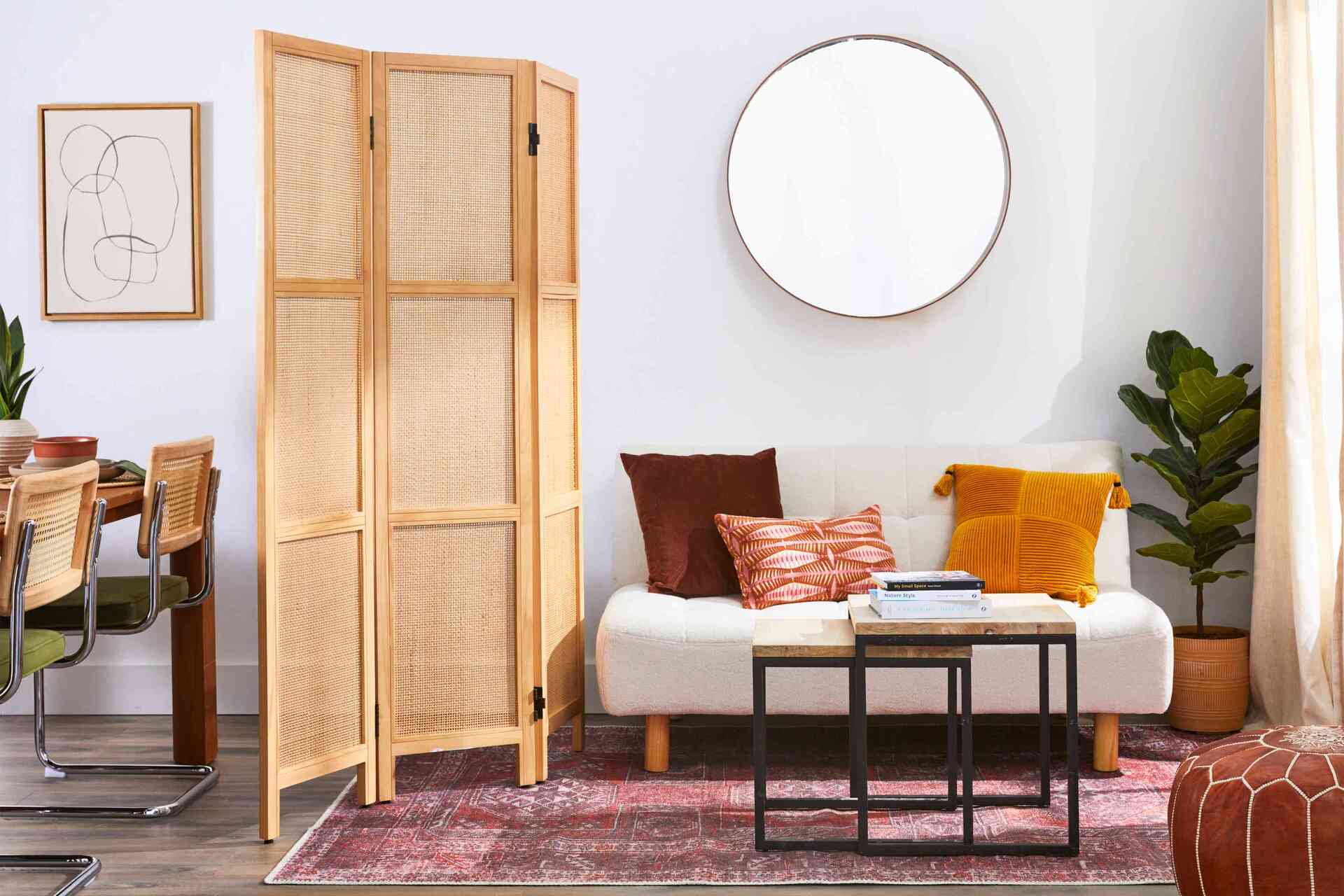
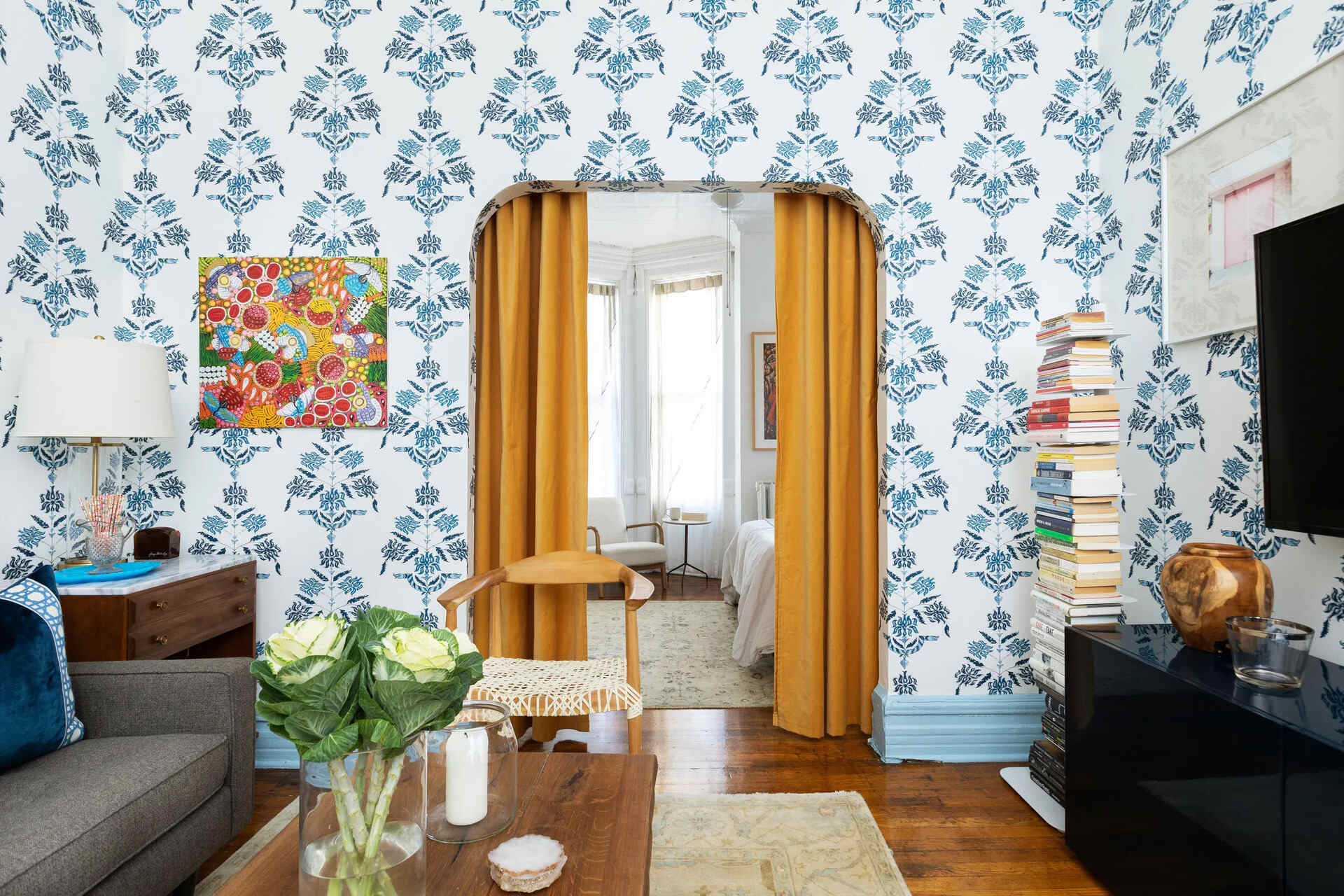
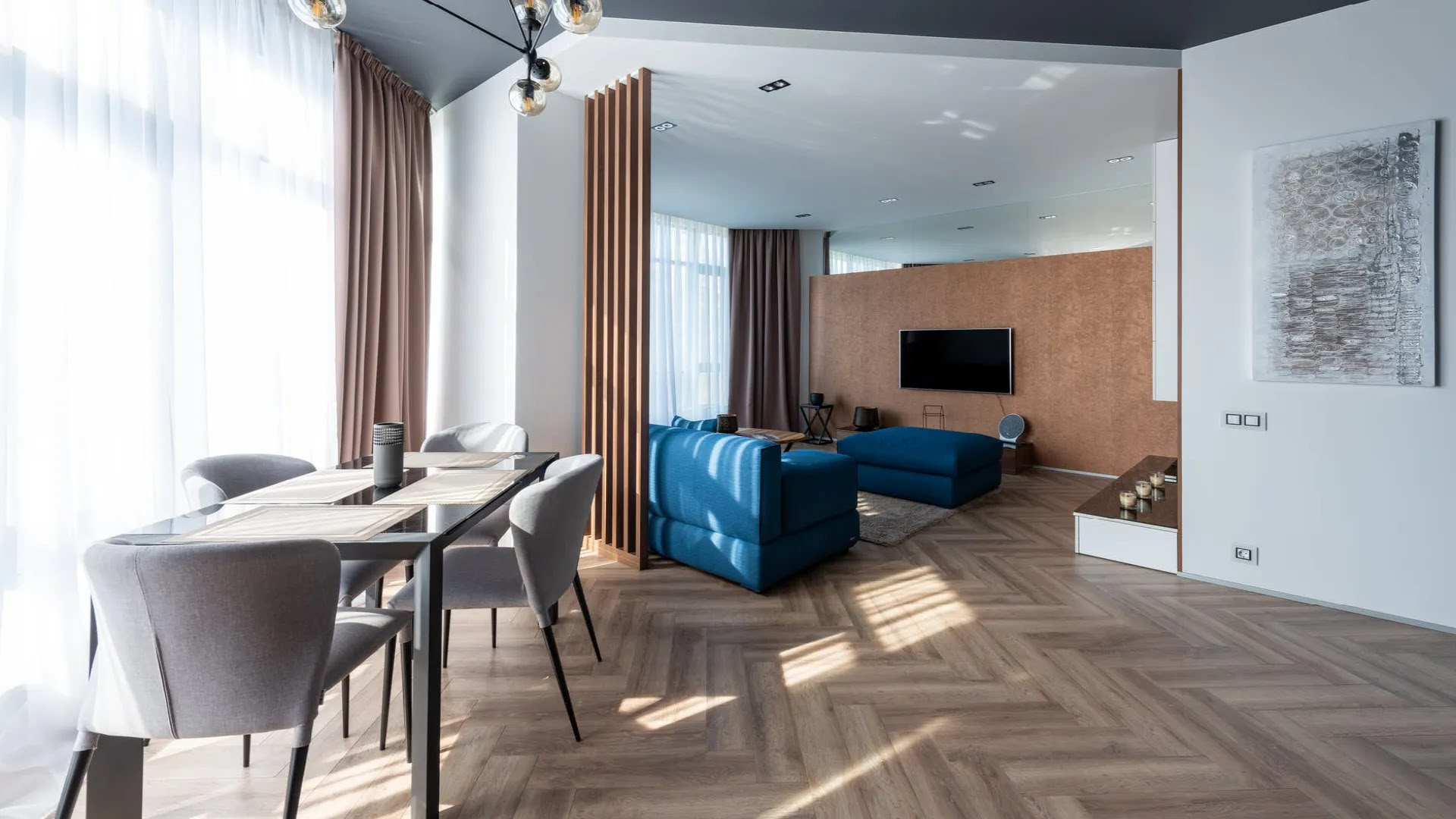
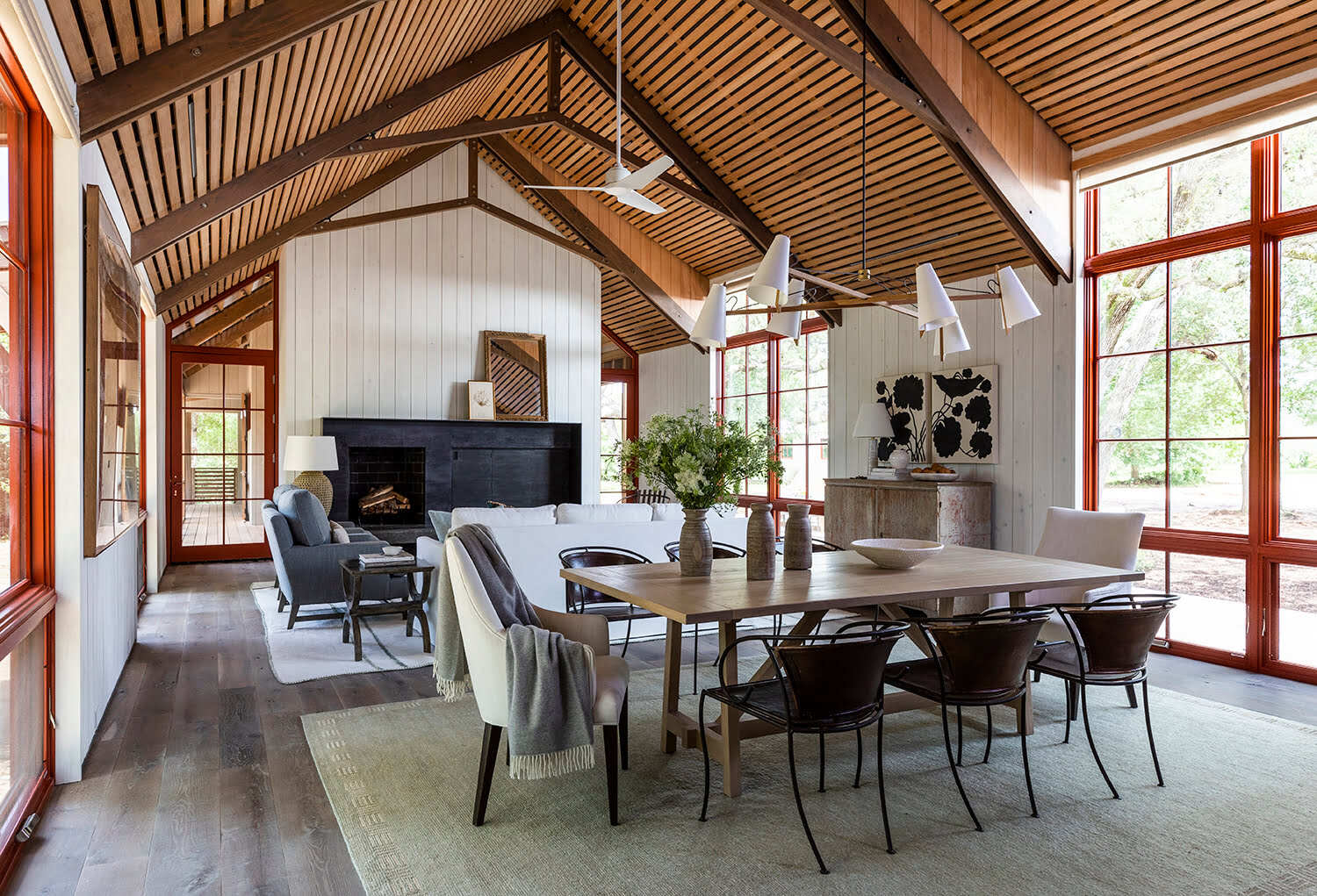
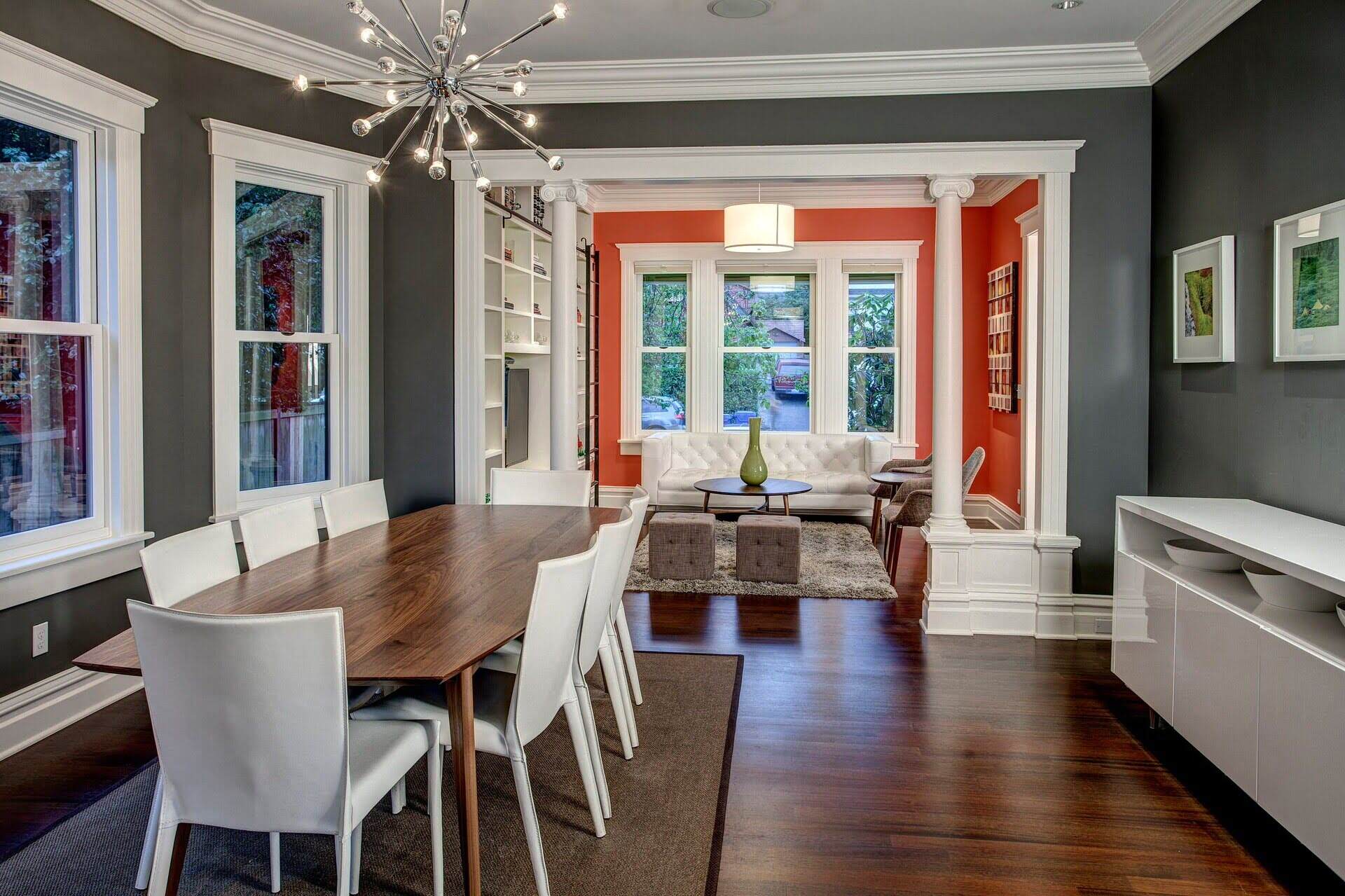
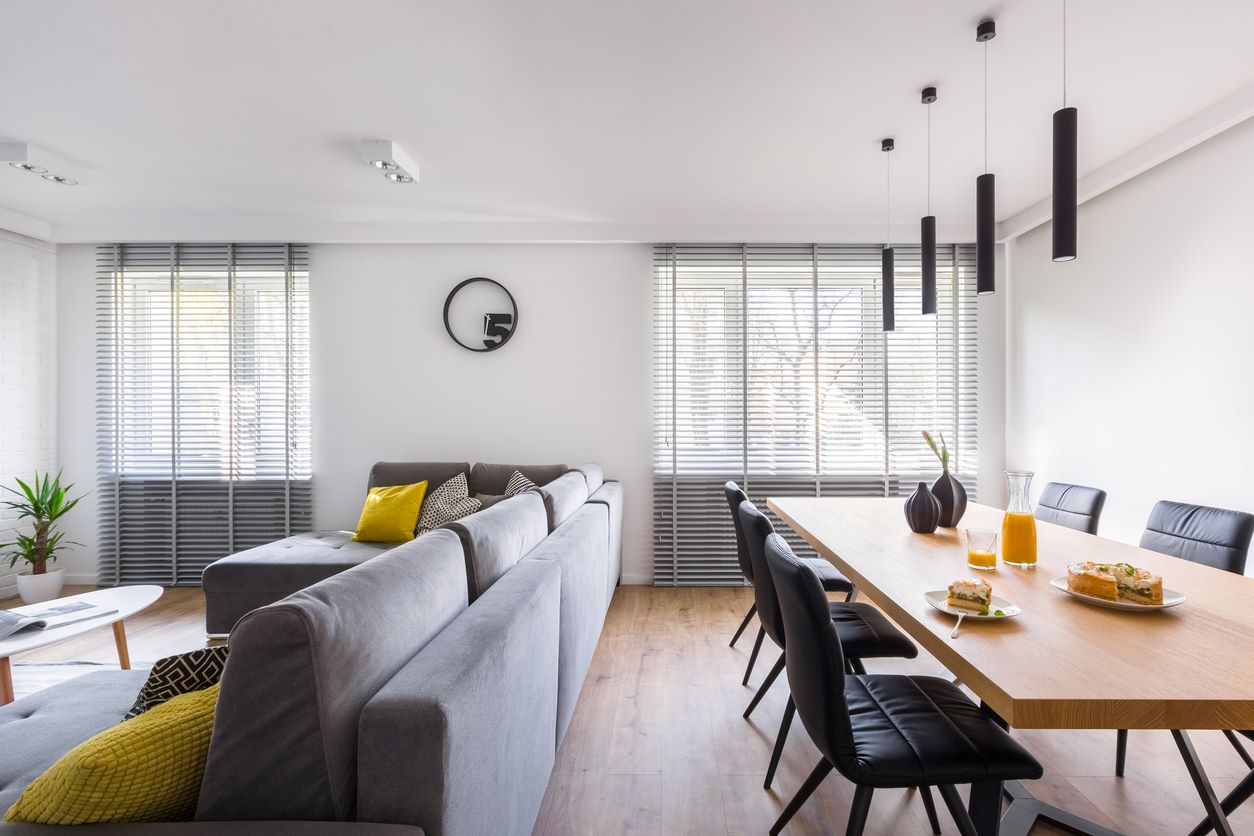
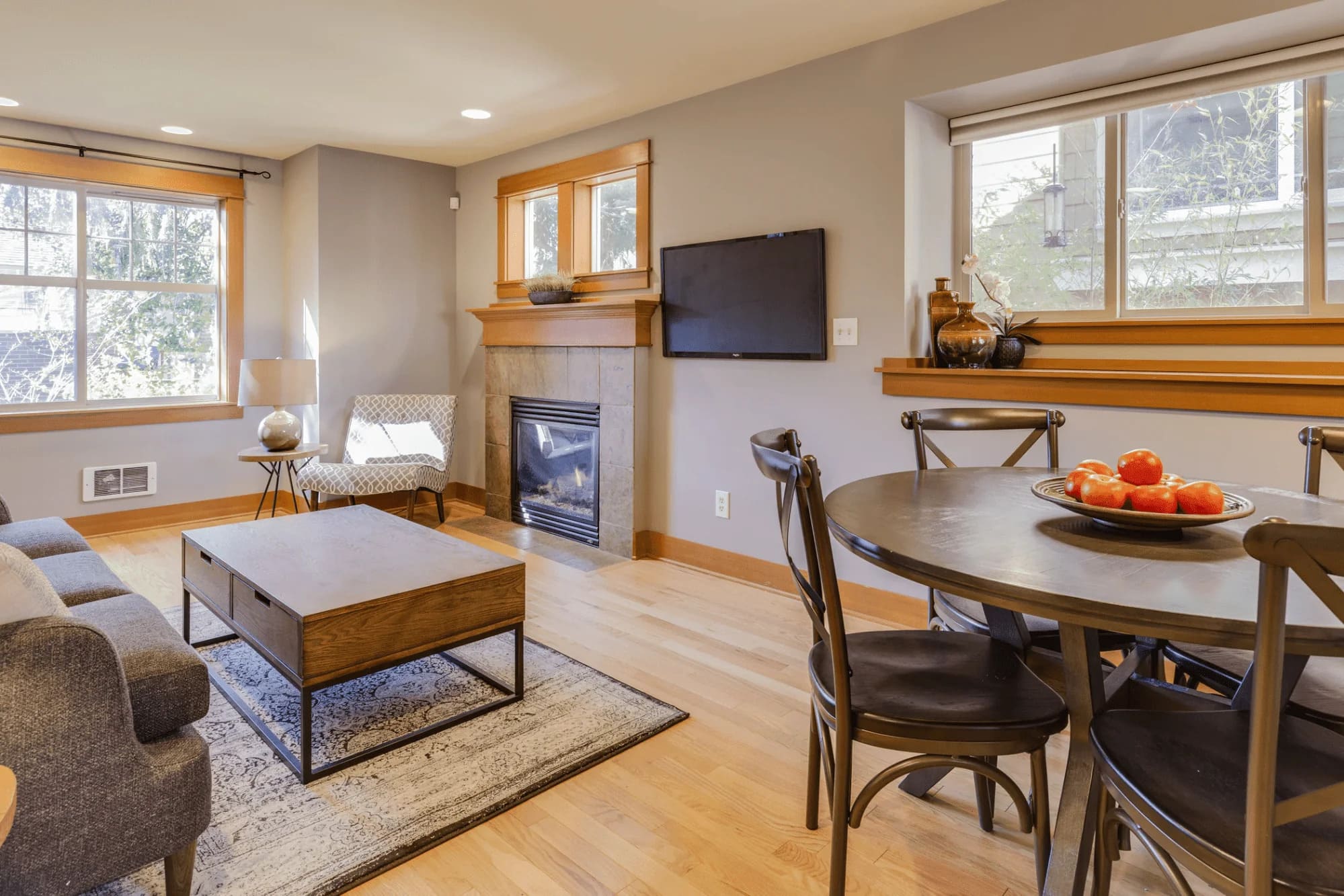
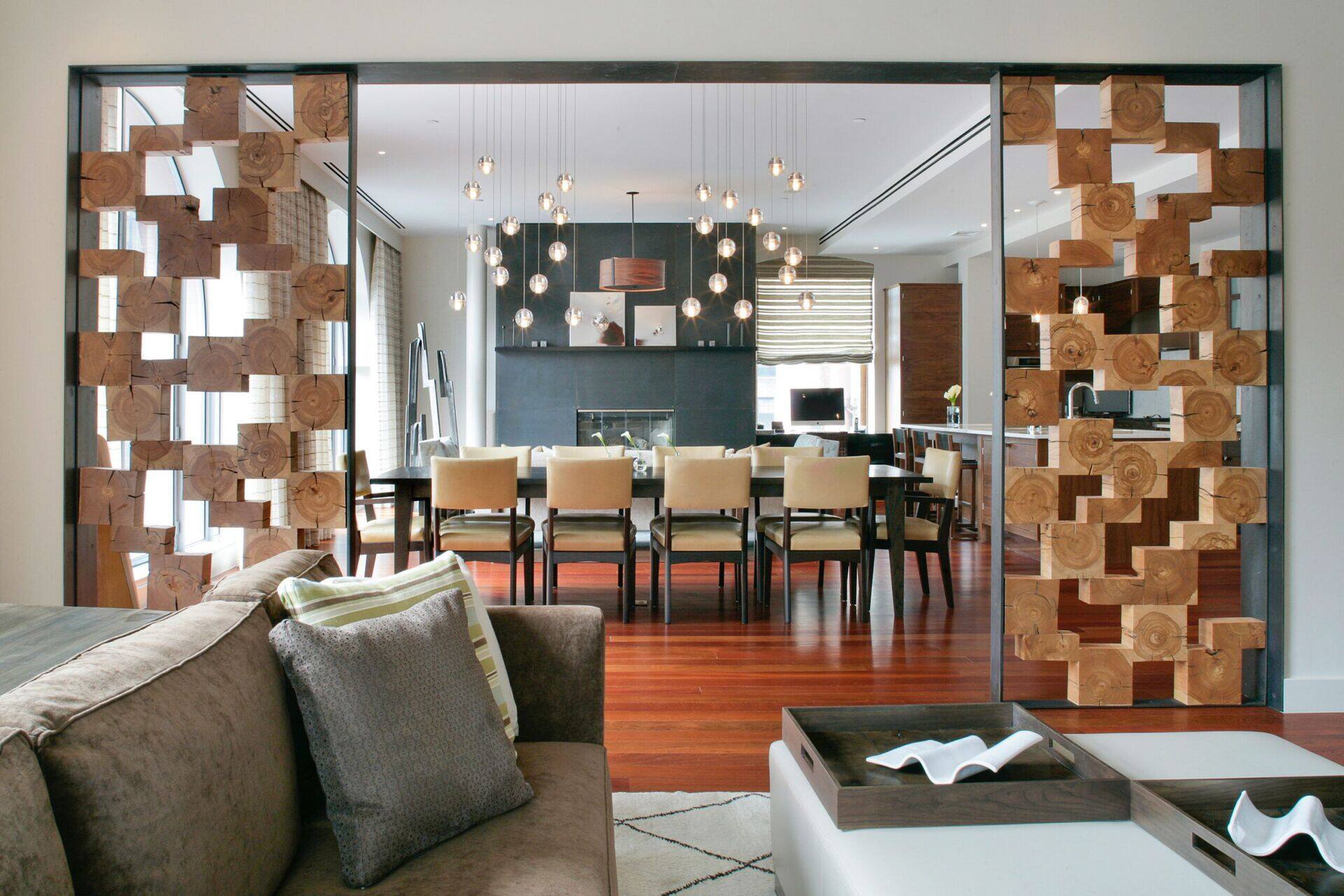
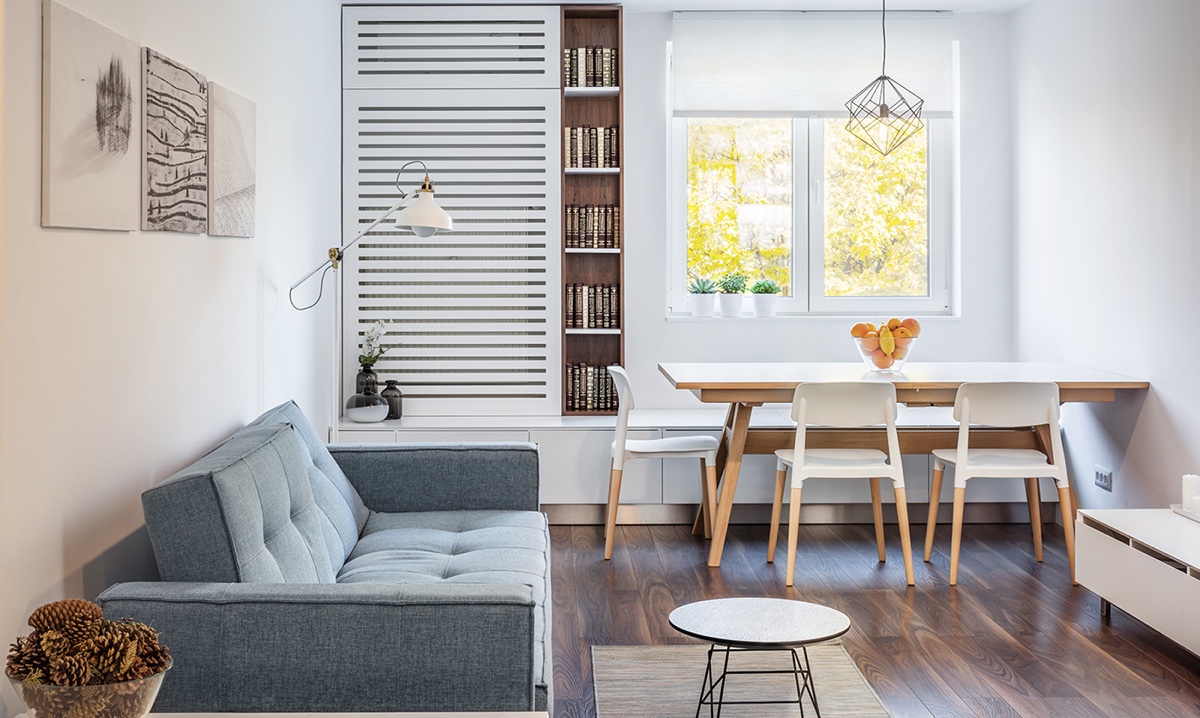
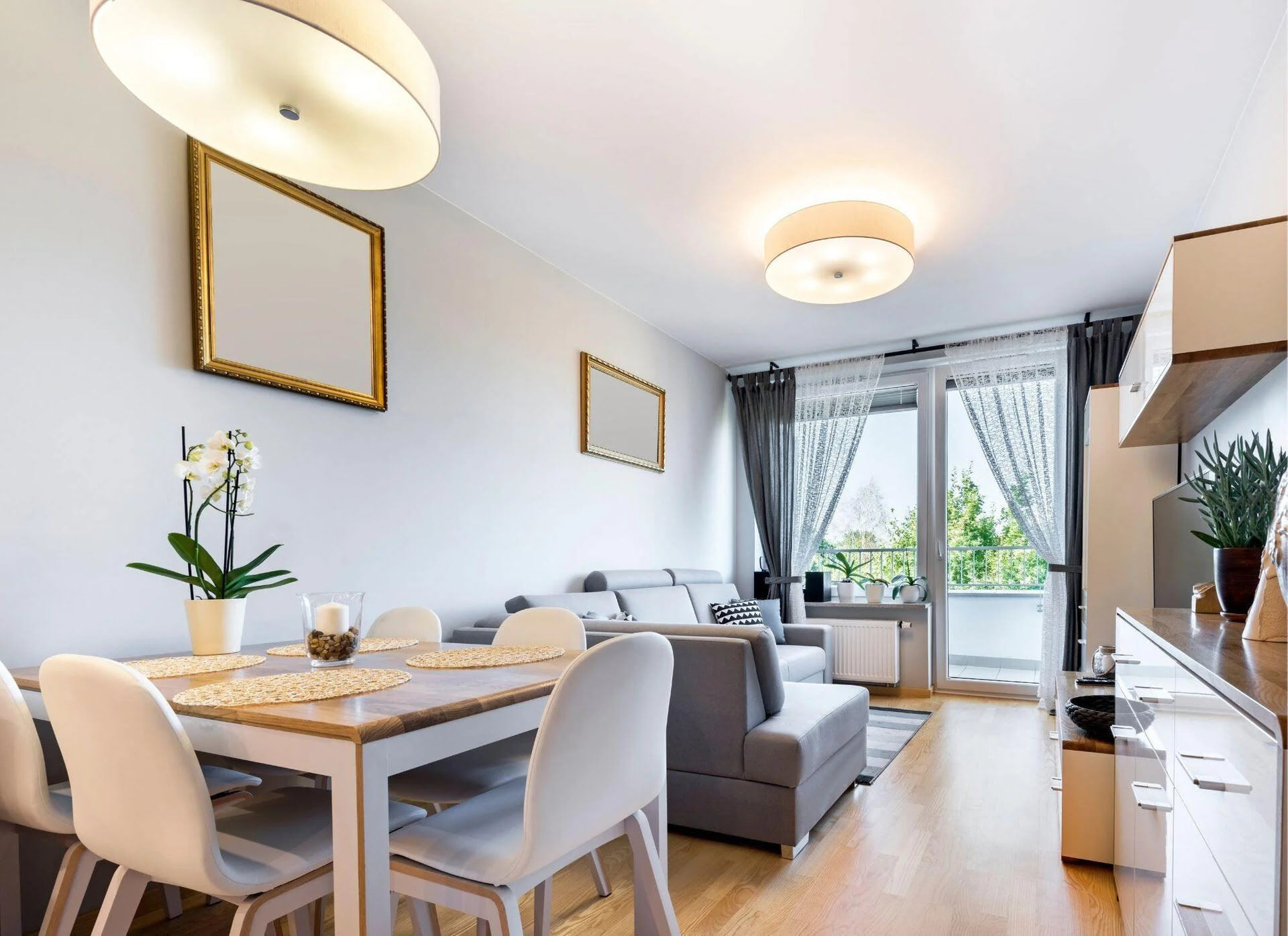
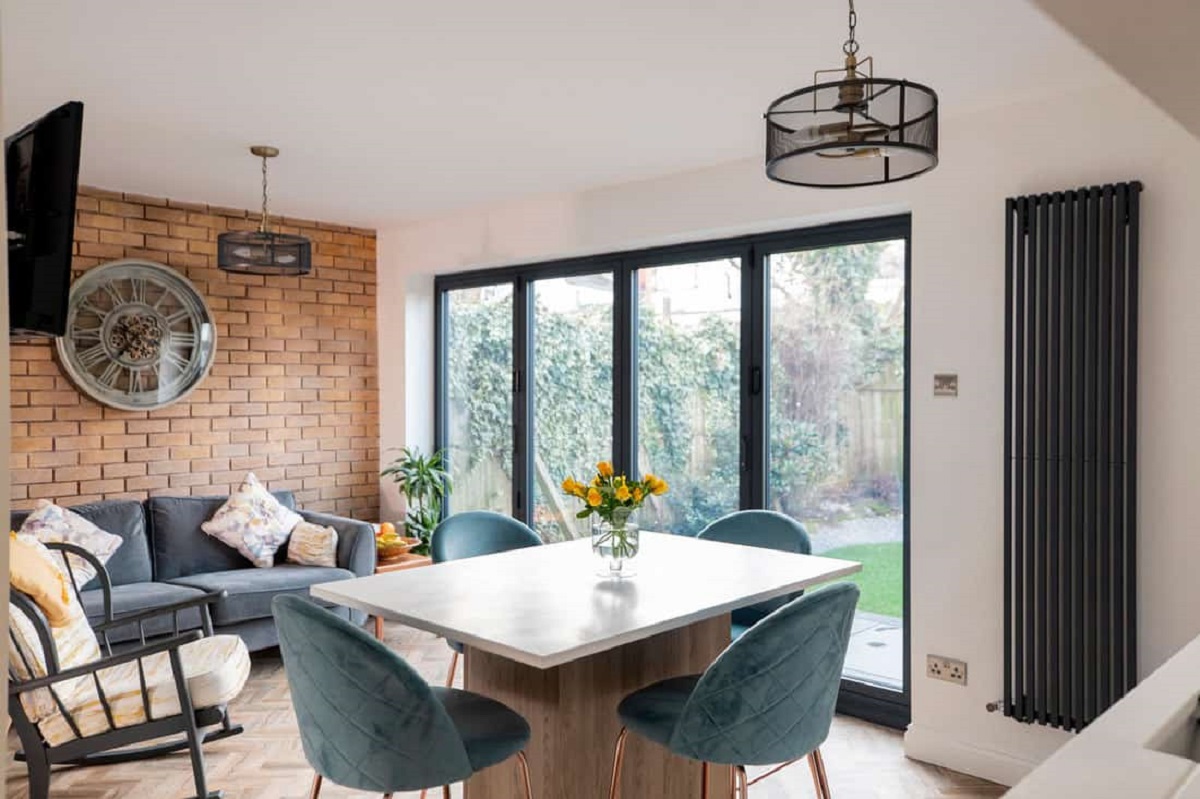
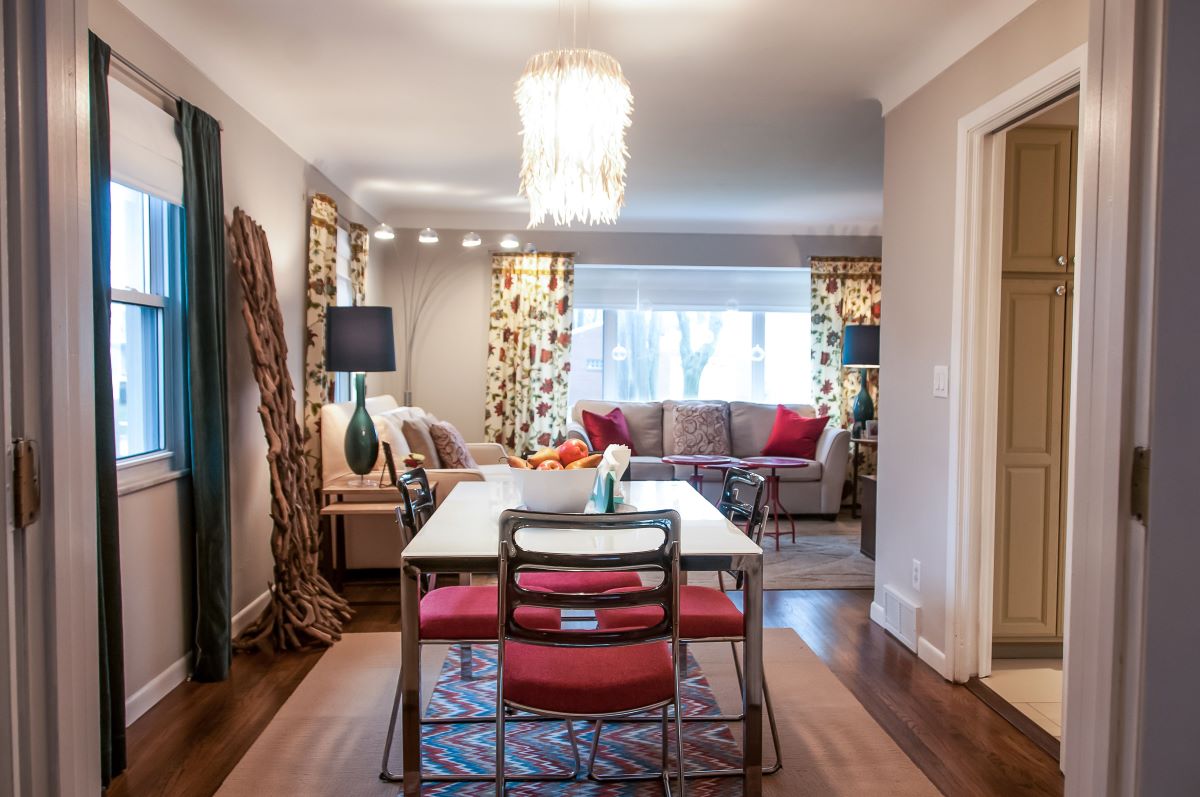
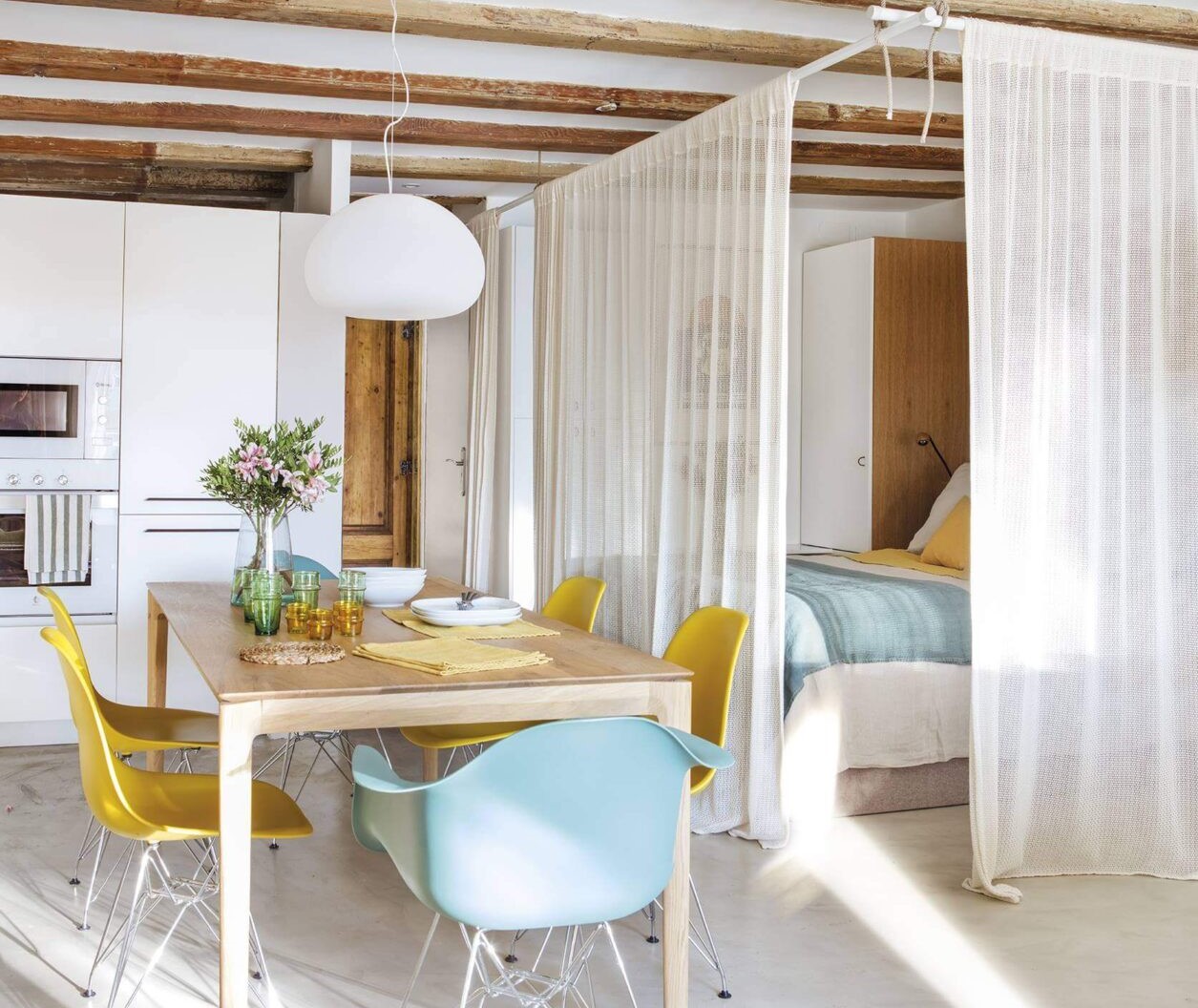
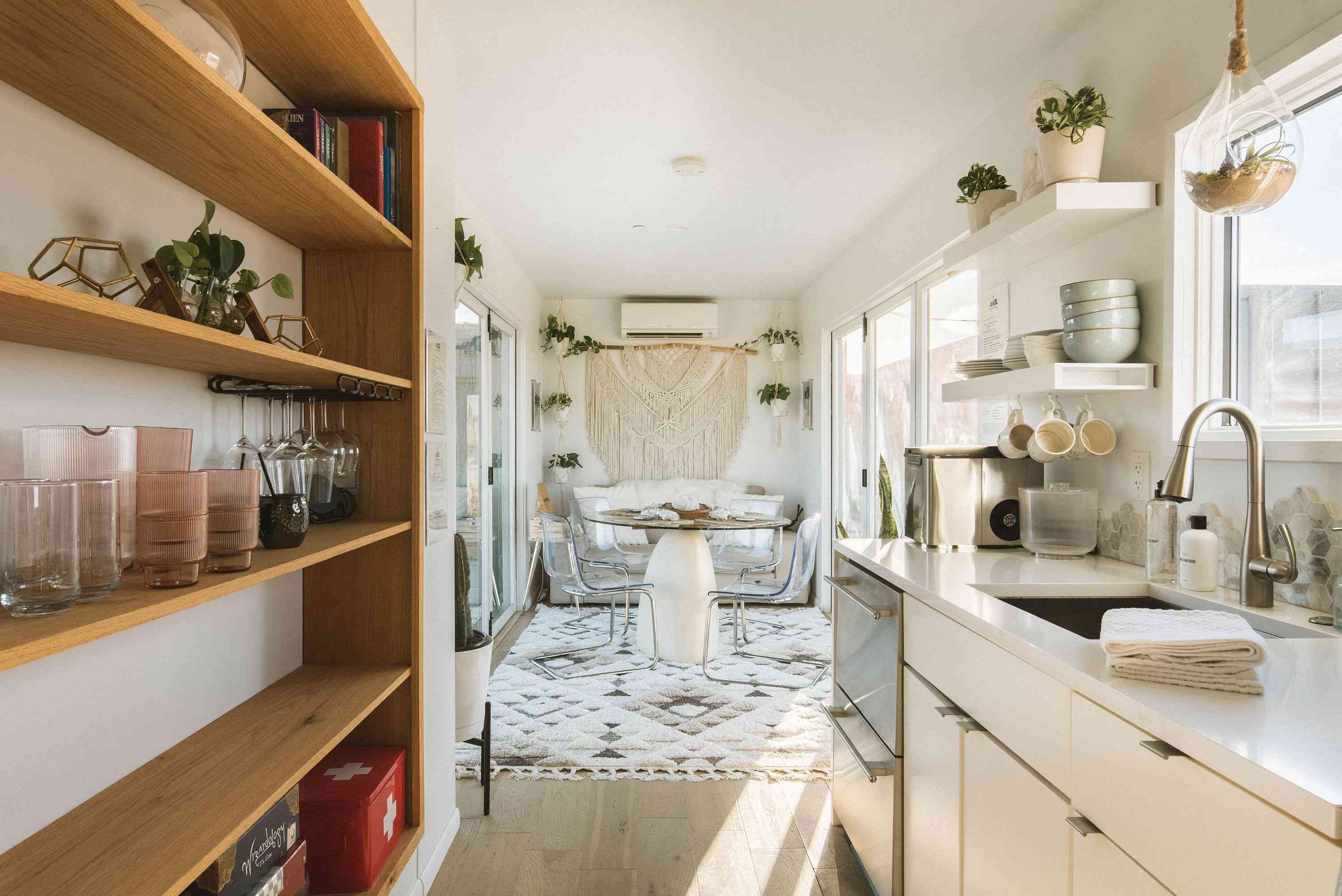

0 thoughts on “How To Divide Living And Dining Room”